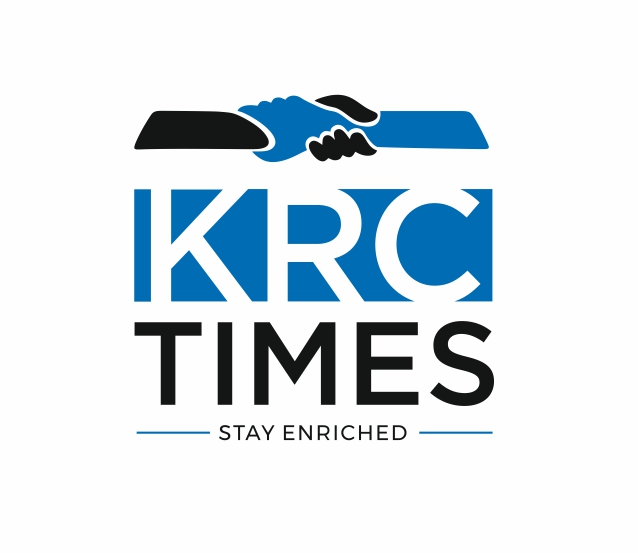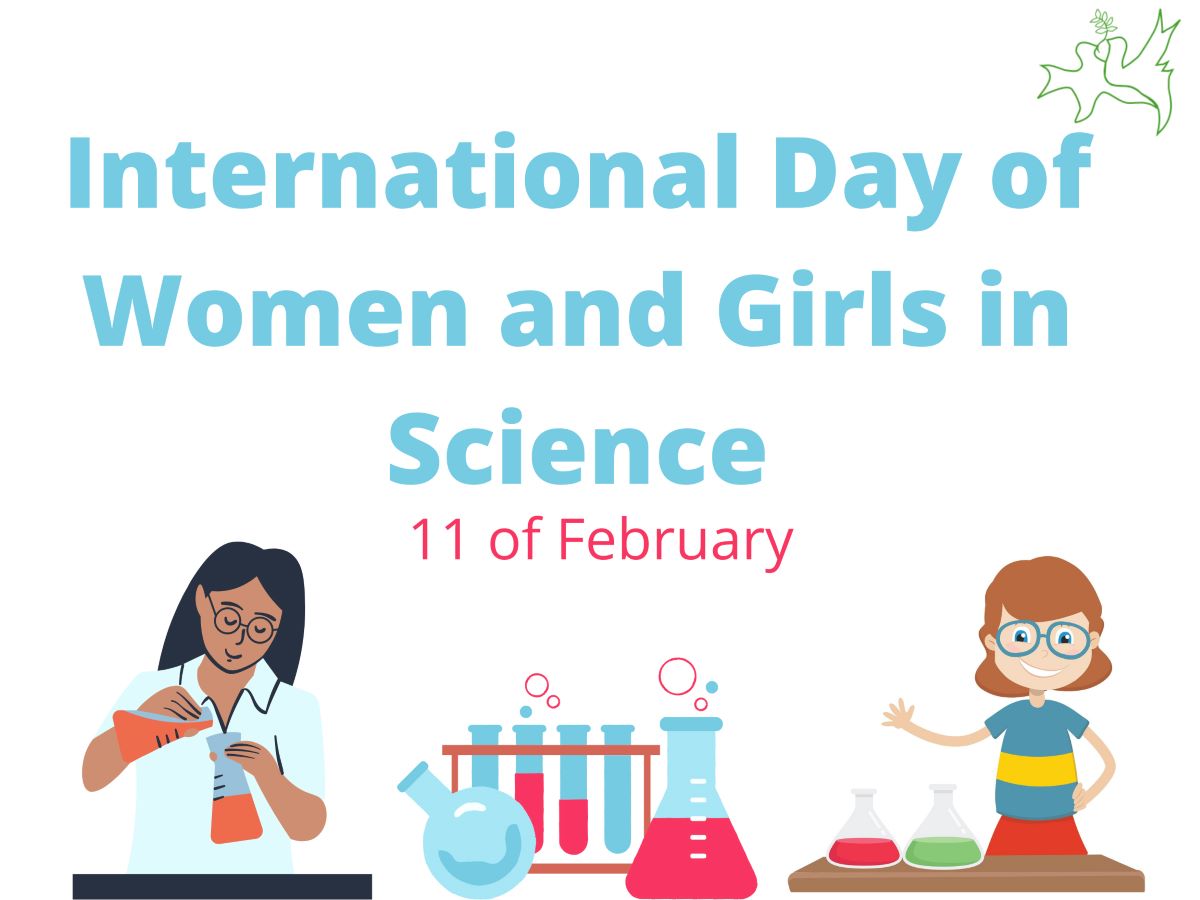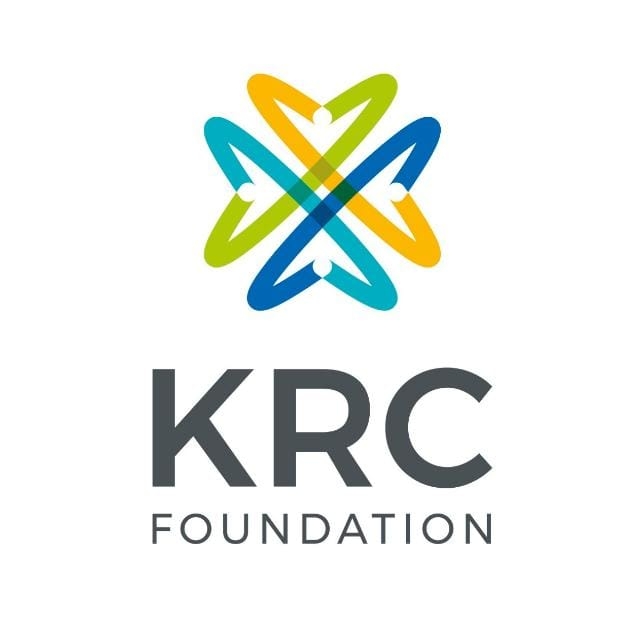Encouraging women in science fosters an inclusive society where everyone has equal opportunities regardless of gender
 KRC TIMES Education Desk
KRC TIMES Education Desk

Prof. Ramni Gupta
Women constitute half of the world’s population, but there is an under-representation of women in science, which is a persistent issue worldwide, influenced by various social, cultural, and institutional barriers. According to a recent report from UNESCO, around 33% of researchers worldwide are women. Though women have made great contributions to science, even then there is a gender gap in fields such as physics, engineering, computer science and mathematics. Exclusion of girls and women from these fields means a loss of talent and potential innovation. Despite the progress and great contributions of women in science, there are still several obstacles that hinder their professional growth and progress. Women in scientific careers often face biases, including the misconception that they are less competent than their male counterparts. In developing countries, girls often have limited access to quality science education, lack of school infrastructure, and cultural barriers. Women are significantly under-represented in leadership positions in scientific institutions, academia, and research organisations, a phenomenon observed in developed countries as well.
International Day of Women & Girls in Science
Encouraging women in science fosters an inclusive society where everyone has equal opportunities regardless of gender. In this context, to bring about a shift, in December 2015, the United Nations General Assembly declared February 11th as the International Day of Women and Girls in Science to recognise and promote equal participation of females in the field of sciences. Since then, every year, February 11 has been celebrated and observed as a day to highlight and encourage women’s and girls’ participation in sciences. This initiative of the UN not only recognises the contributions of women in science but also encourages young girls to pursue careers in Science, Technology, Engineering, and Mathematics (STEM). This special day highlights the importance of women’s participation in science, technology and engineering. It aims to encourage young girls to pursue careers in science and promote gender equality in scientific fields.
Bridging the gender gap in science requires providing equal educational opportunities for both boys and girls. To support women in continuing their education and careers in science, scholarships and research grants play a crucial role in preventing them from leaving the field. To sustain girls’ interest in science and encourage them to pursue it as a career, schools should highlight the achievements of women scientists through lessons and events. Introducing hands-on science activities and projects at an early age can further engage young girls, fostering long-term interest in STEM fields. Mentorship programs, where female scientists and engineers guide young girls through their education and career choices, can be instrumental in reducing gender disparity. Additionally, policies that promote gender equality as equal pay, anti-discrimination laws, and flexible work arrangements can support women in balancing their careers and family life, ultimately strengthening their presence in STEM.
The Government of India has launched several programs to support and encourage citizens to engage in scientific and technological activities that enhance the quality of life and promote a deeper understanding of the world. Many of these initiatives are specifically designed to empower girls and women in STEM. These programs focus on providing quality education, financial assistance, mentorship, research opportunities, and career advancement for women in STEM. Some key initiatives include:
Vigyan Jyoti is a visionary initiative by the Department of Science & Technology (DST) aimed at nurturing scientific talent among school girls. This program specifically identifies gifted girls, particularly from rural and economically weaker backgrounds, and provides them with mentorship, scholarships, and exposure to STEM careers. Launched in 2019-20, Vigyan Jyoti encourages meritorious female students from Classes 9 to 12 to pursue higher education and careers in STEM fields, fostering greater gender inclusivity in science and technology.
The WISE (Women in Science and Engineering)-KIRAN (Knowledge Involvement in Research Advancement through Nurturing) division of the DST has launched several schemes to empower women and promote gender equality in Science, Technology, and Engineering. These programs focus on supporting women in STEM by providing fellowships, career guidance, and networking opportunities. Key initiatives, such as WISE-PDF, WIDUHI, WISE-SCOPE, and WISE-IPR, are designed to help women scientists re-enter the workforce after a career break, ensuring their continued contribution to research and innovation.
The CURIE (Consolidation of University Research for Innovation and Excellence) program by DST provides support to women’s institutions at the college and university levels by helping them to establish state-of-the-art research infrastructure. This initiative enhances research facilities and strengthens Research & Development (R&D) activities to foster excellence in the Science & Technology (S&T) domain. By creating a conducive environment for scientific research, CURIE empowers women’s institutions across India, encouraging greater participation of women in advanced scientific studies and innovation.
Women Scientist Scheme (WOS) launched by the DST, provides opportunities for female scientists and technologists aged 27 to 57 years who have taken a career break but wish to re-enter the workforce. This scheme offers financial support under three key components: WOS-A: Supports research in basic and applied sciences, WOS-B: Encourages research in societal issues using science and technology, WOS-C: Provides training in intellectual property rights (IPR) and patent facilitation. This initiative plays a vital role in reintegrating women into the scientific community, ensuring their continued contributions to research, innovation, and technology-driven solutions.
GATI (Gender Advancement for Transforming Institutions) is a pioneering initiative by the DST, inspired by the UK’s Athena SWAN Charter. This program promotes gender equity in STEM institutions by implementing policies that support women faculty, researchers, and students. GATI takes a holistic approach to women’s STEM careers across their life cycle within an organization. By encouraging STEM institutions to adopt structural reforms, GATI aims to create a more inclusive and supportive ecosystem for women in science and technology.
The Indo-US Fellowship for Women in STEM is a joint initiative by the DST, and the Indo-US Science and Technology Forum (IUSSTF). This fellowship provides Indian women researchers with opportunities to collaborate with leading U.S. institutions in STEMM (Science, Technology, Engineering, Mathematics, and Medicine). By fostering international research collaborations, this program helps women scientists enhance their skills, gain global exposure, and advance their careers in STEM fields.
The SERB-POWER (Promoting Opportunities for Women in Exploratory Research) program, launched by the Science and Engineering Research Board (SERB), aims to reduce gender disparity in science and engineering research funding across Indian academic institutions and R&D laboratories. Designed to promote greater diversity in research, SERB-POWER ensures equal access and opportunities for Indian women scientists engaged in R&D activities. This initiative provides research grants and fellowships to women scientists, supporting their work in frontier research areas and fostering a more inclusive scientific community.
The future of science is inclusive and diverse, and empowering women and girls will lead to groundbreaking discoveries that can shape society for the better. Celebrating this day is not just about recognizing women in science-it is about ensuring that science benefits from the full participation of both men and women, fostering innovation and progress. Women in science contribute at local, national, and global levels: Locally, they inspire young minds through teaching, mentoring, and community-driven research. Nationally, they lead groundbreaking research, head institutions, and shape science policies. Globally, they make historic discoveries, win prestigious awards, and drive international collaborations. Media can play a proactive role by highlighting the stories of successful women in science working at different levels. By showcasing their achievements future generations can get motivation to pursue STEM careers, creating a more equitable and forward-thinking scientific community.


